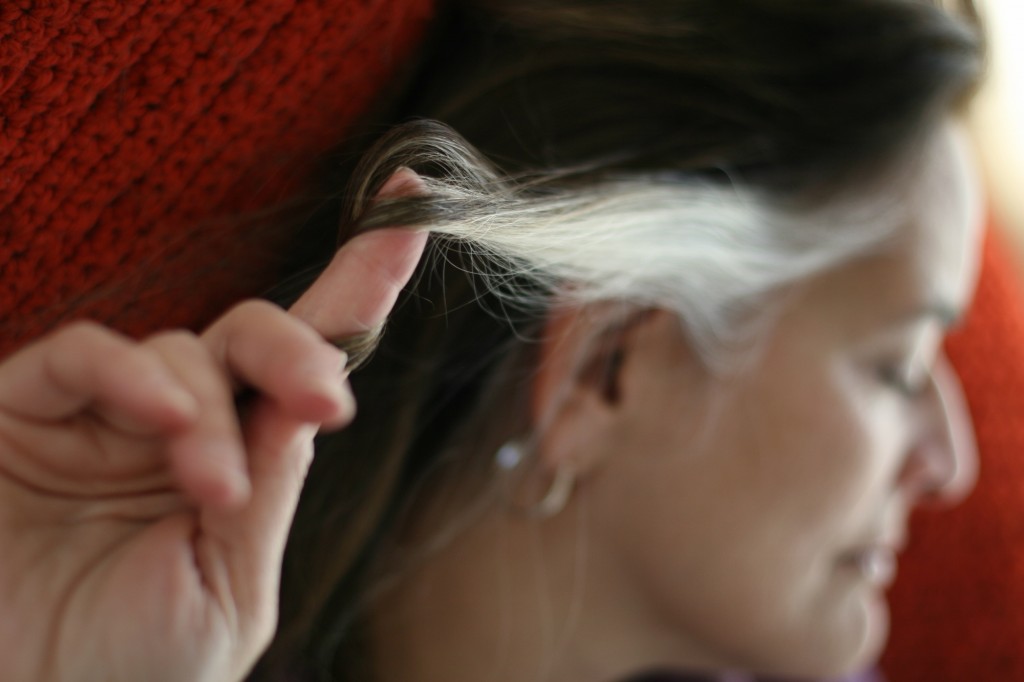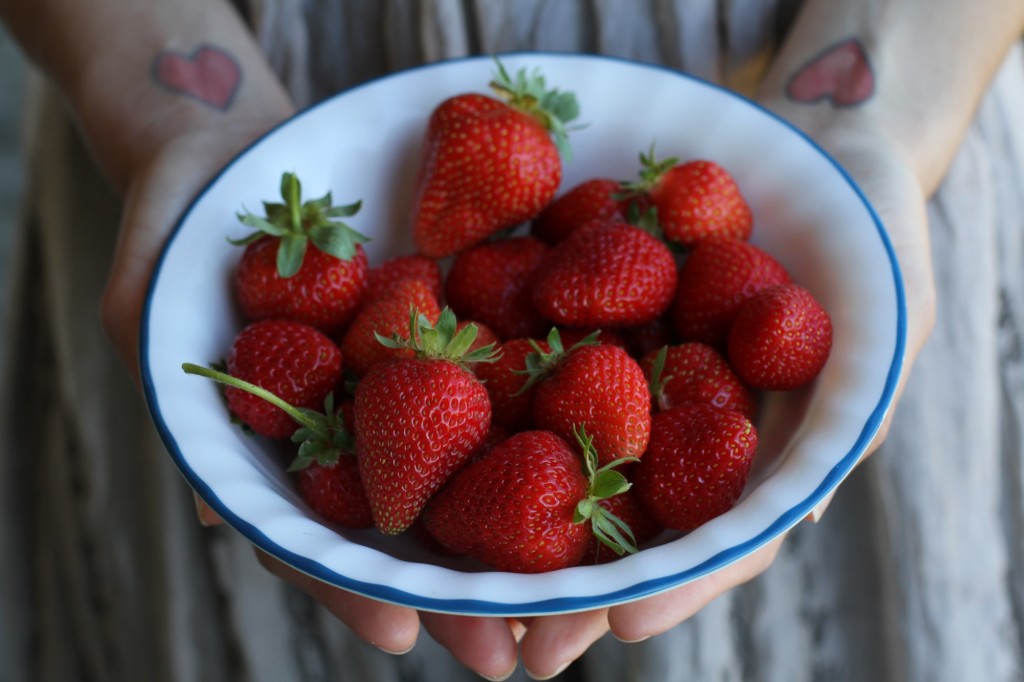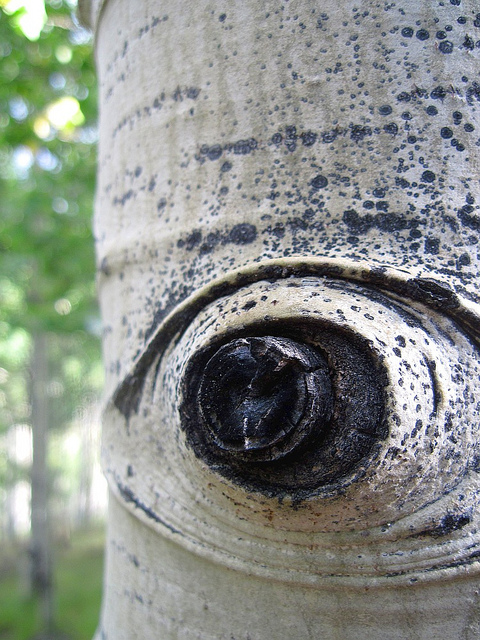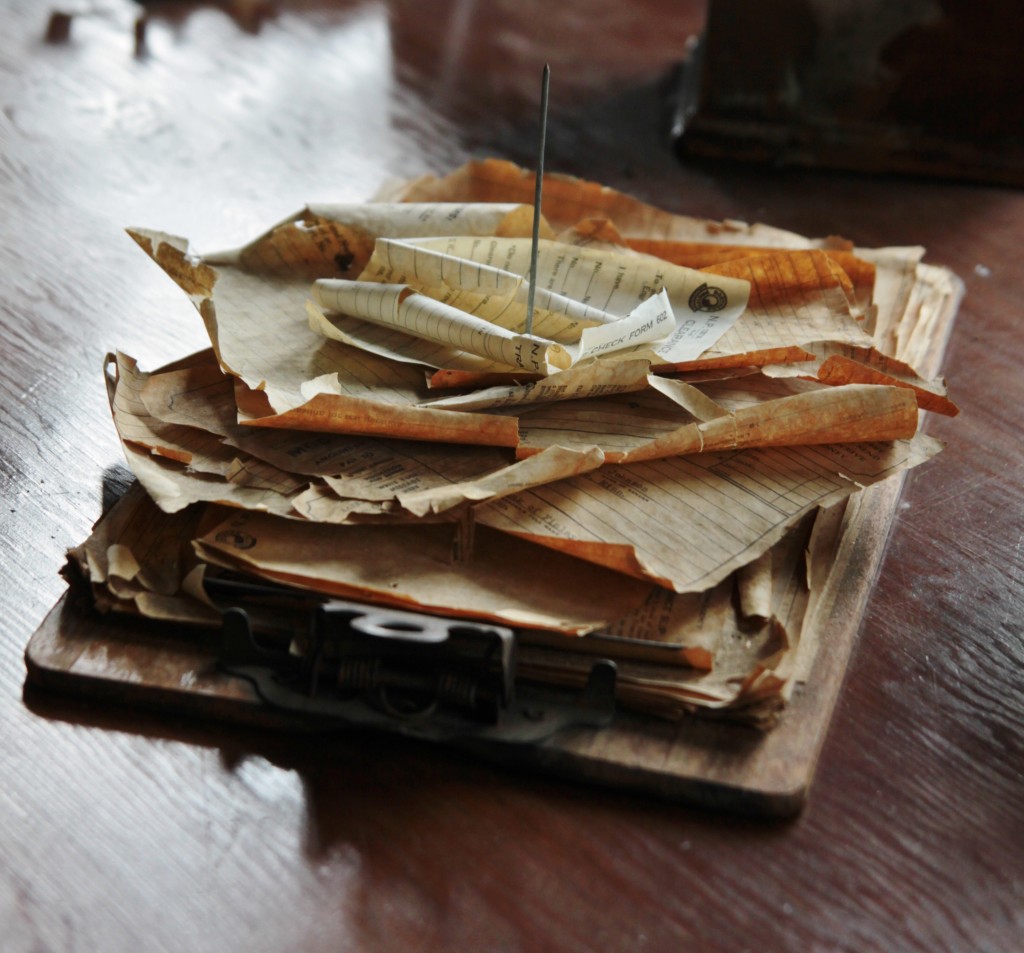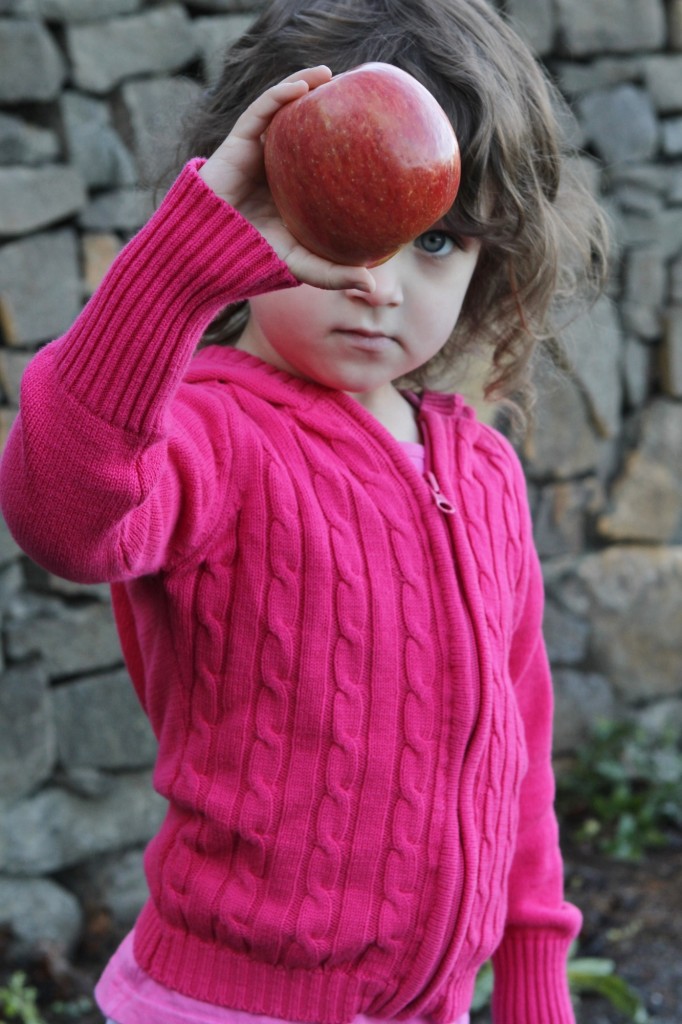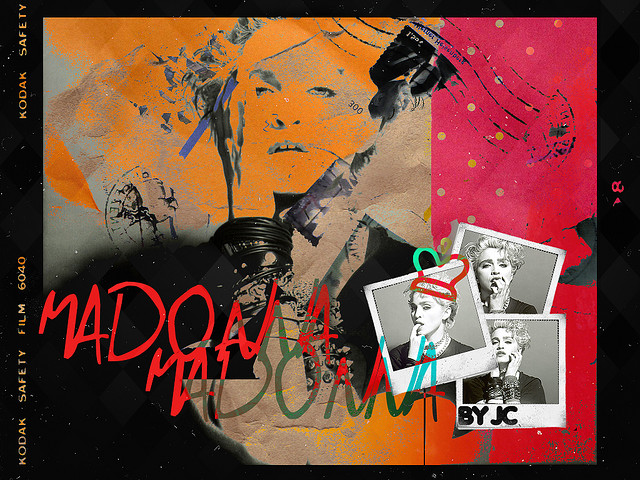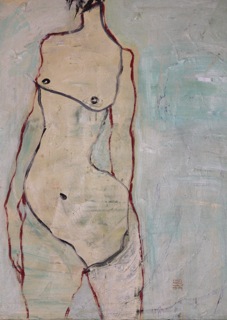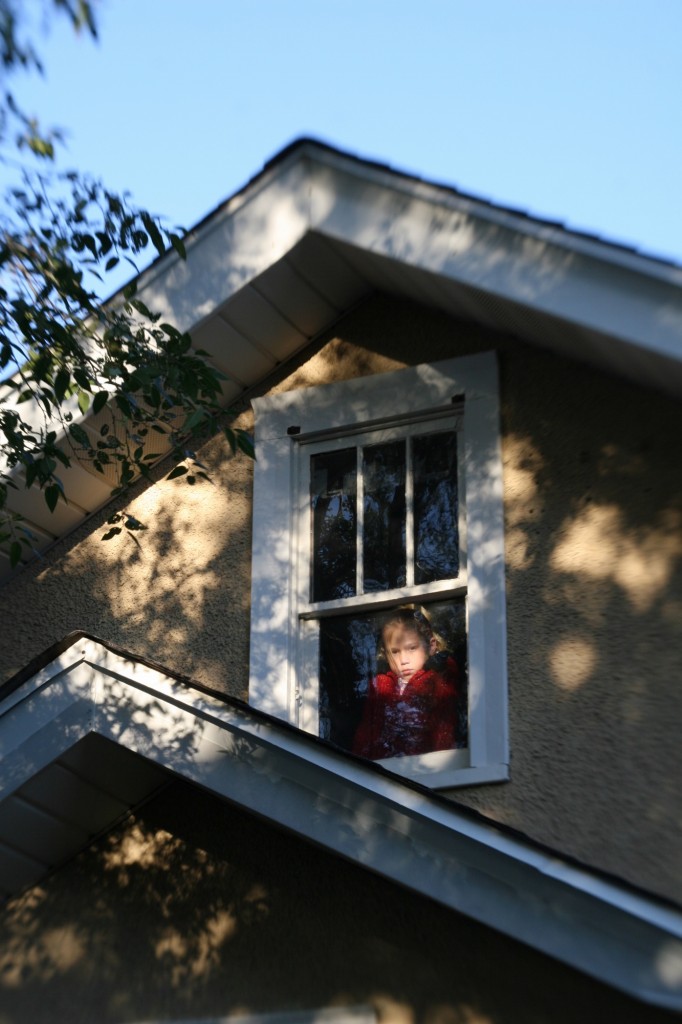
By Kim Kankiewicz
With the first lilting chords of the piano, we take the floor. The snare drum eases into a 6/8 shuffle. We melt into one another as the strings sigh the opening notes of the melody line. The horns respond with a glissando in the second verse, and we are afloat on liquid gold. We are bodies swaying in a collective embrace, in love with every-other-body in this place.
My dress is buttercup yellow, strapless with a sweetheart neckline. The chiffon skirt cascades over a crinoline of nylon netting. My hair is combed into a sleek bouffant, its curled-up ends grazing my bare shoulders. My dance partner wears a white sport coat and a crew cut. His face is indistinct, but no matter; he is not the point of this imagined memory.
The point is the convergence, the enfolding of each of us into all of us. The song, to which I have never really danced, is “Theme from A Summer Place.” In my reverie, we sway to the familiar instrumental recording, Percy Faith’s 1960 orchestral arrangement. But other artists—my favorite being The Lettermen in 1965—have recorded “Summer Place” with vocals. Listen and you will hear a song less about romance than about sanctuary:
There’s a summer place
Where it may rain or storm
Yet I’m safe and warm
For within that summer place
Your arms reach out to me
And my heart is free from all care…
•••
Since childhood, I have cast myself in fantasies with soundtracks from my parents’ youth. I was six years old in 1980, when my family moved to Nebraska and settled into the Craftsman house where my parents still live. The formal living room, unfurnished for nearly a year, was the theater where my brother and I performed “Rock Around the Clock,” “At the Hop,” and other teen anthems from the American Graffiti soundtrack.
In fifth grade, I pictured my sixth grade crush pining for me as I listened to Frankie Valli crooning “My Eyes Adored You.” Carried your books from school, playing make-believe you’re married to me. You were fifth grade, I was sixth, when we came to be. I knew no sixth grade boy would carry my school books—not least because I was the kind of kid who listened to the Four Seasons in 1985—but envisioning such a scenario made the unfamiliar territory of adolescence feel navigable. The same was true in the final months of my eighth grade year, when I sweet talked my dad into deejaying a sock hop at my middle school. With high school on the horizon, I imagined joining the letter jacket crowd, the clean-cut kids with social status. (That the sock hop itself was not imaginary is equal parts mortifying and miraculous.)
At no time were my retrospective daydreams more persistent than during my first year of college. Living in Kansas I was homesick, so homesick. Studying to the oldies and wearing vintage clothing bolstered my spirits, but the image that sustained me emerged from a trashcan in the bathroom of my residence hall. On my nineteenth birthday, I discovered a date stamp on the trashcan’s raised lid: October 10, 1967—the month and day of my birth and the year my mom entered college. Never mind that she had attended a different college; it seemed profoundly significant that this trashcan was installed when my mother was a freshman, seven years to the day before my birth.
The date stamp became my talisman. Glimpsing it as I left the shower each morning, I would borrow my mother’s courage for the day ahead. She too was homesick, so homesick, when she arrived on campus, but she came to regard her college years with fondness. In her footsteps, I would do the same. I was into The Ventures that fall, and as I ascended the stairs between my residence hall and the main campus, a mental guitar loop from their 1960 hit “Walk, Don’t Run” propelled my steps. In my sophomore year, my confidence as a returning student was affirmed when Pulp Fiction made Ventures-style surf rock popular again.
I more or less maintained that confidence through the transitions of marriage and motherhood, relocations to Colorado and Minnesota and corresponding career changes. I believed homesickness was for kids and for people who moved internationally or under duress. Even as a college student, homesickness seemed to place me in an immature minority. As an adult, I did not expect to come unmoored when my husband’s career took our family from Minnesota to the Pacific Northwest.
•••
Here is a partial catalog of things that have made me cry since we moved to a suburb of Seattle last year: a parking structure where all the spaces are compact, because I miss the ample welcome of a Midwestern parking lot; the opening page of a novel dedicated to “the great state of Minnesota”; an area car show, because it was to St. Paul’s annual vintage car show as “Rock Around the Clock” is to the entire American Graffiti soundtrack; a photo of John C. Reilly, because I once noticed that Minnesota’s eastern border looks like his face in profile.
I am ashamed of my emotions, ashamed that I am not content to live in a comfortable house in a safe neighborhood between the Puget Sound and the Cascades. Our new hometown has good schools, a downtown with an art gallery and a live theater, hiking and biking trails, a farmers market. Our new neighbors build community in many ways—educating and caring for children, volunteering at the food bank and soup kitchen, protecting natural resources, creating art—and they have welcomed our participation in these activities. We’re surrounded by beauty: trees, lakes, mountains, and a creek where the salmon run every fall. My husband says he is still astonished that we get to live here.
I know how he feels. When we moved to Minnesota, I was overwhelmed with gratitude. We arrived in autumn, my favorite season. I basked in the low-angled sunlight reflecting off St. Paul’s Como Lake, the red and gold leaves crunching beneath my feet as I circled the water. Our family picked apples at a local orchard, watched squirrels and birds at an urban nature center, and met other families at a park where my son learned to ride his bike. In winter, the season that defines Minnesota for people who have never been there, we discovered sledding hills and indoor playgrounds, and the tropical plant room at the free-admission conservatory, where anyone could find warmth and color on a bleak day. We found that we lived among neighbors who would clear our driveway with their snow blowers without being asked.
But I loved Minnesota before I experienced those things. I loved it before I lived there because my grandparents had called it home. I had spent Christmases and summer vacations with them, and with the aunts and uncles and cousins still living throughout the state. I knew something of Minnesota’s history and its coalescence with my family’s history, and so moving there felt like a homecoming. Moving away felt like an evacuation, like being emptied from a vessel made from parts of myself.
I assumed that these feelings would fade after a brief adjustment period. Months after moving, I wrote off my ongoing melancholy as stress or Vitamin D deficiency. When it occurred to me that I might be homesick, this self-diagnosis seemed so implausible that I Googled “adult homesickness” to verify its existence. My search turned up several recent articles on the subject, including an op-ed in The New York Times by a writer named Susan Matt. Based on a decade of research, Matt concluded that feelings of displacement and depression are common among adults who relocate. Yet we are reluctant to acknowledge “the substantial pain of leaving home” in an era that regards mobility as a virtue.
Matt’s byline referred me to her book, Homesickness: An American History, in which I read about homesick colonists and nineteenth-century immigrants. I learned that homesickness became taboo in the twentieth century, when embracing progress meant surrendering ties to the past. What most interested me was the connection between homesickness and nostalgia, which are literally synonymous. The word nostalgia was coined in the seventeenth century as a diagnostic term describing a painful longing for home. It combines the Greek words nostos (“return home”) and algia (“pain”) and remained in use as a medical term through the Civil War. It was only during the rapidly changing twentieth century that nostalgia gained distinction from homesickness—longing for a lost time as opposed to a lost place.
I recognize these desires as twins, but how do I understand twins born years apart? What does it mean that I am nostalgic for a time before my own birth? It’s notable that when I cry for Minnesota, I am moved by my sense of its shape, of a history that predates my life by decades. Like the homesick freshman I was, I am again sustained by popular music of the past. I recently bought a turntable and have acquired on vinyl the greatest hits of Bobby Vinton, Herb Alpert, The Brothers Four—artists who were on the charts the year my dad graduated from high school. My most common earworm, the song that both rouses and soothes my sentiments, is “Theme from A Summer Place.”
•••
In 1960, when Percy Faith recorded “Summer Place,” my grandparents owned a creamery in Fingal, North Dakota. My dad was fourteen years old. His parents had purchased the creamery when he was four and would operate it until 1968, when my dad was in college.
My grandfather was a butter man. He bought cream from farmers, pasteurized the cream in a heated vat, and churned it by the ton. By hand, he scooped butter from the churn into 64-pound boxes that were trucked to school cafeterias and military bases. He kept two boxes from each churning and parceled that butter into one-pound cartons sold locally. The town was proud of its butter, deeming it the best around. Fingal butter was served in restaurants and at the Woolworth counter in Valley City. Fingal natives who had moved to Fargo or Grand Forks filled shopping bags with Grandpa’s butter on return visits. At a reunion just months ago, a former classmate showed my dad a yellow carton with a Fingal Creamery label that she has saved for almost fifty years.
Butter unifies. It absorbs and concentrates flavor. It creates texture and emulsifies, blending ingredients that would not otherwise mix. A man who makes butter connects farmers with townspeople, towns with cities, schoolchildren with soldiers. The butter maker’s family is embraced. His wife is esteemed, his children golden boys and girls.
This is the refuge I seek in my father’s past. I want to know the butter maker. I want to break bread with the butter maker’s family. I want my children to walk to school with the butter maker’s children. I want to be the butter maker, and the butter, melting into the place where I belong.
•••
I have become a broken record. At some point the longing to be absorbed becomes self-absorption. I must reconcile my butter-gold narrative with reality. In 1960, Fingal was homogenous as milk. I imagine it was possible there to feel separate from the world, from the civil unrest churning the nation, from the state’s native population. Even so, I hear whispers of Fingal residents who did not find sanctuary in small-town North Dakota.
Nostalgia is too easy. It saddens me that the Fingal Creamery ceased operations in 1970, two years after my grandparents sold it and returned to Minnesota. But to romanticize an era when mom-and-pops outnumbered franchises is to overlook disenfranchisement. My own comfort and safety are not enough, after all. I am out of my element where I live now, like frozen butter unevenly spackled on toast, and maybe that is the point. Maybe I am here, in this place and time, to be uncomfortable in a culture consumed by comfort. Frozen butter will keep safe indefinitely, but safety is not its purpose. Butter is for flavor and texture, qualities that are lost after too long in the freezer.
In other words, it is time to expand my soundtrack. I’ll always have a soft spot for golden oldies. But there are living voices singing songs I want to hear, street musicians and symphony members I want to know. I want to feel the pulsing of every drum in the beating of my heart. If the asynchrony is jarring, I am ready to be shaken.
•••
This is KIM KANKIEWICZ’s second essay for Full Grown People. While writing it, she discovered that The Brothers Four are from Seattle and are still performing. She has tickets to attend a Brothers Four concert the next time her parents are in town and hopes to hear a live performance of her dad’s favorite road trip song, “Blue Water Line.”

 Follow
Follow


